Aizanoi Ancient City Guide: Explore the Roman Ruins of Western Anatolia
Located in the Çavdarhisar district of Kütahya in the Central Western Anatolia part of the Aegean Region, Aizanoi Ancient City is a unique archaeological heritage that fascinates with its Roman architecture and offers history and nature together. This ancient city, which is on the UNESCO World Heritage Tentative List, offers visitors an open-air museum experience with its rich ruins and well-preserved structures. Here is everything you need to know before visiting the ancient city of Aizanoi...
History and Mythological Importance of Aizanoi
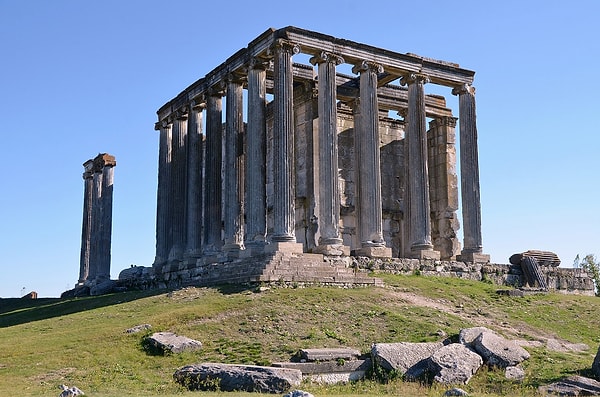
The history of Aizanoi dates back to the 3rd millennium BC. This region, which was a small settlement during the Phrygian period, came under the rule of the Roman Empire in the 1st century BC and gained the status of a city. It is said to have been named after the nymph Erato, daughter of Zeus, a mythological figure, and Azan, son of Arkas, King of Arcadia. This mythical origin is consistent with the city's buildings dedicated to the gods and its religious ceremonial sites.
During the Roman period, Aizanoi prospered especially thanks to grain production and trade, which enabled the city to build magnificent temples, theatres, stadiums and an agora. In the 5th century, the region became Christianized, and religious architecture kept pace with this period.
Must-See Buildings in the Ancient City of Aizanoi
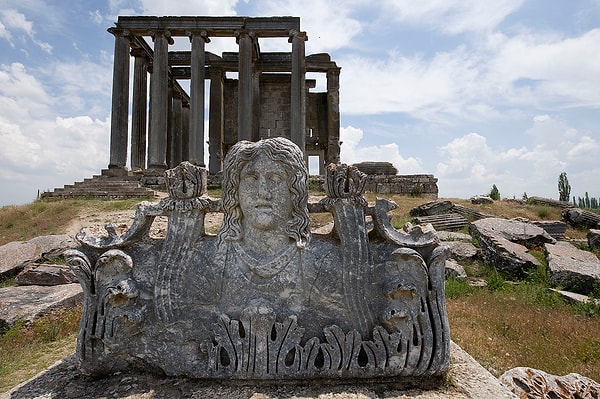
Aizanoi is home to one of the best-preserved Roman temples in Anatolia. However, the city is not limited to this. There are many remarkable structures among the ruins spread over a wide area.
Temple of Zeus: The most iconic structure in the ancient city, this temple is unique both architecturally and religiously. It was built in the 2nd century AD and dazzles with its impressive columns made of marble blocks. The lower part of the temple is a vaulted space and is thought to have been the site of mysterious rituals of the Cybele cult.
Theatre-Stadium Complex: Another unique feature of Aizanoi is that the theatre and stadium were built side by side. During the Roman Empire, such a large combination of sports and performance space was quite rare. The theatre has a capacity of approximately 15,000 people.
Macellum (Ancient Marketplace): The marble inscription of Diocletian's Price Edict, issued in 301 AD to combat inflation during the Roman period, is exhibited here. This inscription is an important document shedding light on the ancient economy.
Agora and Bouleuterion: These structures, which were the heart of political life in Aizanoi, were the areas where public assemblies gathered. Especially the remains of shops around the agora show the commercial vitality of the city.
Roman Bridge and Necropolis Area: The Roman stone bridge over the Penkalas Stream running through the centre of the city is still standing. The grave steles around it give an idea about the death culture of the period.
The Archaeological Importance of Aizanoi
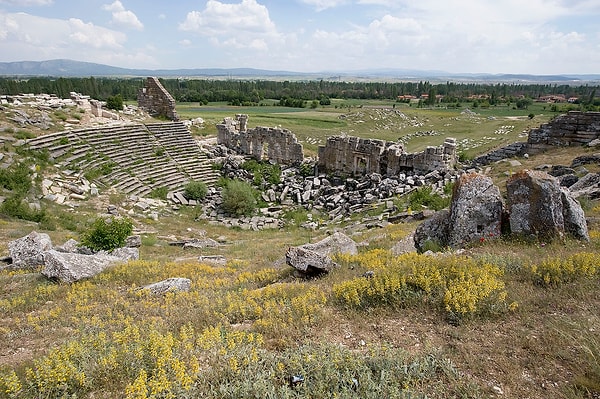
The excavations were first started in 1926 by German archaeologists and continue today under the coordination of Kütahya Dumlupınar University. New discoveries are made every year; with its mosaics, sculptures, inscriptions and infrastructure systems, Aizanoi is a great treasure for scientific research.
Visit Information and Transportation
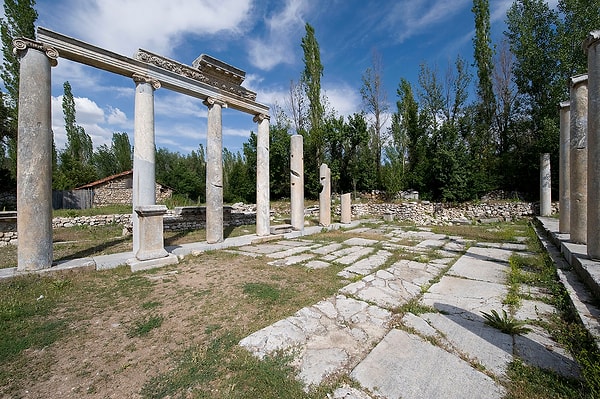
Aizanoi Ancient City is approximately 50 kilometres from Kütahya city centre. It is located within the borders of Çavdarhisar district, and it is possible to reach by both private car and public transportation.
Transportation by Private Vehicle: You can reach Çavdarhisar from Kütahya city centre via the D230 highway in about 1 hour. There are parking lots around the ancient city.
Public Transportation: There are regular bus and minibus services from Kütahya bus station to Çavdarhisar. After reaching the district, the ancient city is within walking distance.
Visiting Hours: It is open to visitors between 08.00-19.00 in summer and 08.00-17.00 in winter. The museum card is valid.
Other Places to Visit
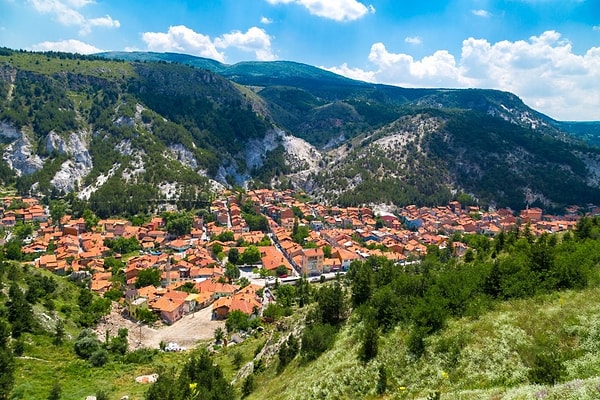
Aizanoi attracts attention not only with its ancient structures but also with the natural and cultural riches around it.
Çavdarhisar District: It offers a quiet village atmosphere with its traditional Ottoman houses, local cuisine and historical mosques. We especially recommend you try the tarhana soup and homemade jams unique to the region.
Yoncalı Thermal Springs: Close to the centre of Kütahya, this thermal region offers a relaxing experience with its modern facilities built on historical Roman baths.
Kütahya Castle and Tiled Mosque: Before returning to the city centre, you can take a walk along the walls of Kütahya Castle and see the mosques decorated with Ottoman-era tile work.
Source: Obilet
Photography and Nature in Aizanoi
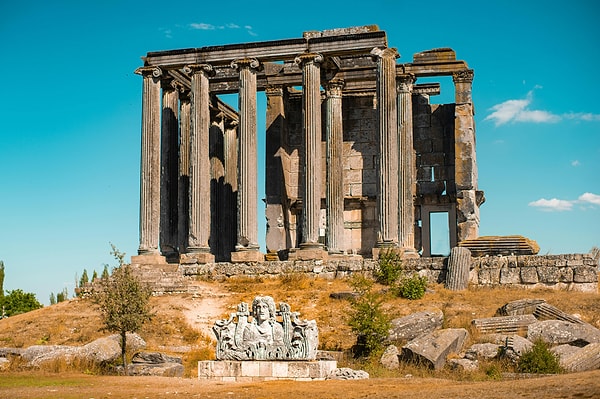
Aizanoi is not only for history buffs but also for nature and photography lovers. In spring and fall, the area takes on shades of green and yellow, and the dramatic light conditions make for unique shots. You can take a walk by the Penkalas Stream and enjoy the tranquillity of the water flowing past the historical bridge.
Festivals and Events
Çavdarhisar Municipality and Kütahya Governorship occasionally organise concerts, theatre performances and history-themed festivals in Aizanoi Ancient City. Cultural events organised especially in the summer months can add meaning to your visit.
Keşfet ile ziyaret ettiğin tüm kategorileri tek akışta gör!

Send Comment